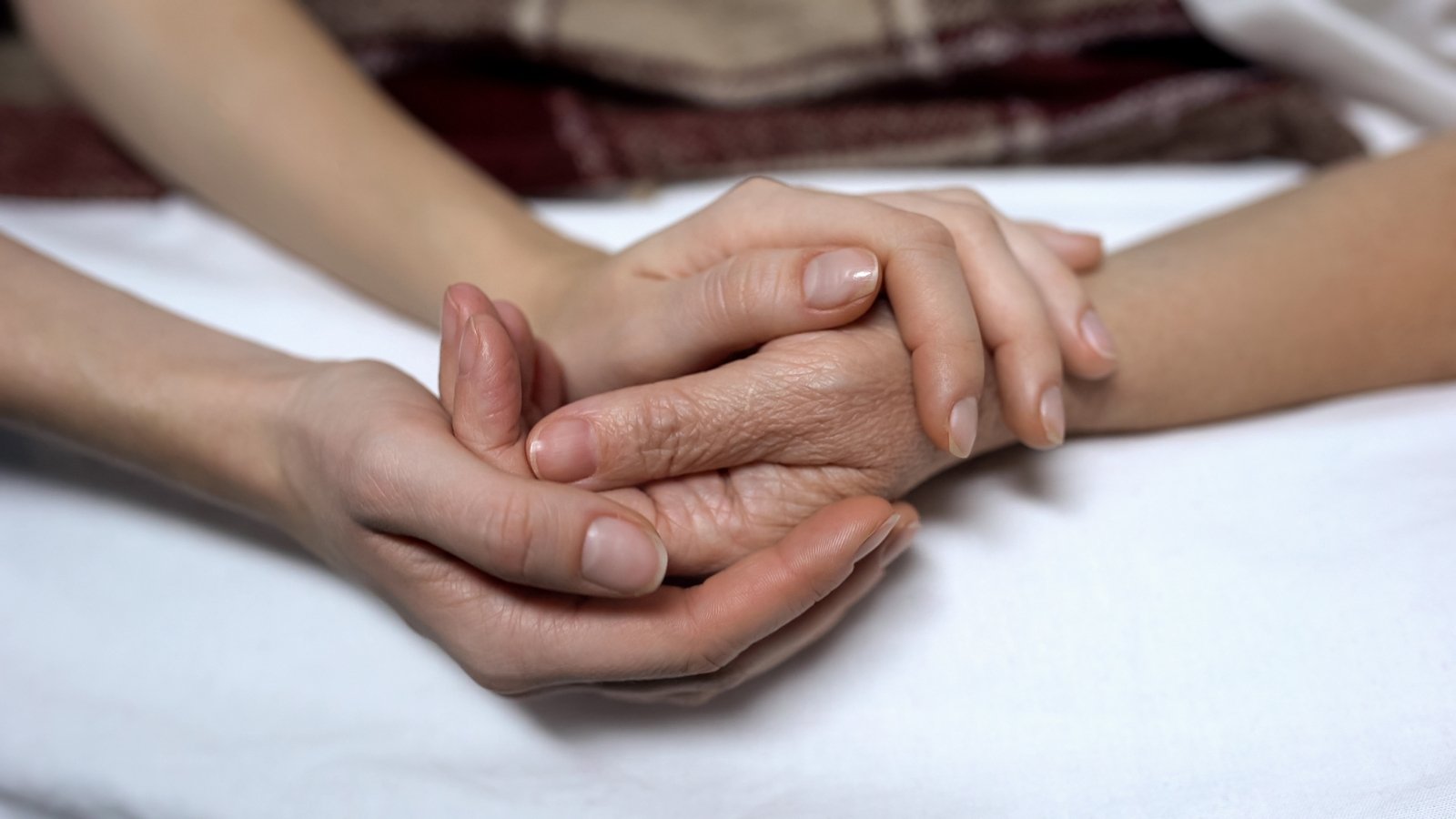Spain’s parliament will give final approval to a law legalising euthanasia Thursday, becoming one of the few nations to allow terminally-ill or gravely-injured patients to end their own suffering.
The legislation, which will take effect in June, follows growing public pressure generated by several high-profile cases, including that of Ramon Sampedro whose plight was immortalised in the Oscar-winning 2004 film “The Sea Inside”.
Speaking to AFP, Ramona Maneiro, a friend of Sampedro’s who helped him die, hailed the move as a victory “for those who can benefit from it” and “for Ramon”.
At the time, she was arrested but released due to lack of evidence, only admitting her role years later when the statute of limitations expired.
The move will see Spain become the fourth country in Europe to decriminalise assisted suicide, alongside the Netherlands, Belgium, and Luxembourg.
Although Portugal’s parliament passed a similar law in January, it was blocked this week by the Constitutional Court.
The Spanish legislation will permit euthanasia in which medical staff intentionally end a life to relieve suffering, and assisted suicide in which it is the patient who carries out the procedure.
Various other countries permit the second option, as well as so-called “passive euthanasia” in which life-saving medical treatment is halted.
– Strict conditions –
Backed by left-wing and centrist parties, the legislation will allow anyone with a “serious or incurable illness” or a condition which is “chronic or incapacitating” to request help dying, thereby avoiding “intolerable suffering”.
But it imposes strict criteria: the patient — a Spanish national or a legal resident — must be “fully aware and conscious” when they make the request, which must be submitted twice in writing, 15 days apart.
The request can be rejected if it is believed the requirements have not been met; it must be approved by a second medic and by an evaluation body.
Any healthcare professional could withdraw on grounds of “conscience” from taking part in the procedure that would be available through Spain’s national health service.
The move has been hailed by patients and right-to-die campaigners.
“It doesn’t make any sense that people… would choose to live an undignified life,” said Sofia Malagon, 60, who has Parkinson’s and worries what will happen if she gets dementia.
“I don’t want to be left like a vegetable,” she told AFP.
– ‘Form of murder’ –
But the move has been roundly rejected by the Catholic Church and Spain’s right-wing parties, with its promulgation also raising questions among some medical professionals.
Euthanasia “is always a form of murder since it involves one man causing the death of another,” said the Episcopal Conference, which groups Spain’s leading bishops and has accused the government of going from “defending life to being responsible for causing death”.
“Doctors don’t want anyone to die — it’s in their DNA,” said Manuela Garcia Romero, deputy head of the Medical College Organisation (OMC), expressing doubts over implementation of the law.
Since the mid-1980s when euthanasia entered the public debate, Spain has experienced several high-profile cases.
The most famous is that of Sampedro, who became a bedridden tetraplegic after breaking his neck and fought an unsuccessful 30-year court battle to end his own life with dignity.



